May 16, 2025 | 08:38 GMT +7
May 16, 2025 | 08:38 GMT +7
Hotline: 0913.378.918
May 16, 2025 | 08:38 GMT +7
Hotline: 0913.378.918
Soc Trang and the coastal provinces of Ca Mau peninsula are harvesting shrimp for crop 2. While output is decreasing, raw shrimp still have a good selling price. The situation of the shrimp export market by the end of 2022 is fiercely competitive. Large supplies from India and Ecuador greatly influenced this situation. These are two superpowers of shrimp farming with high growth rates. However, due to the global inflation situation, consumption will not be as high as expected.
In Soc Trang, Mr. Ho Quoc Luc - Chairman of the Board of Directors of Sao Ta Food Processing Joint Stock Company (Fimex VN) said: The shrimp export market is facing a disadvantage. In Europe, the British pound and the Euro depreciated by about 12%, and the Japanese Yen weakened, depreciating about 14-16%. In the US market, the VND compared to the US dollar should have a slight advantage. However, Indian and Ecuadorian shrimp "encroached" making the competition too high. Moreover, peeled fresh shrimp from Ecuador, packed in bulk, encroached on the US market with the advantage of close sea shipping, and low shipping costs, from $500-4,000/container (CTN). When seafood products from Asia are exported to the US, transportation costs are 3-4 times higher.
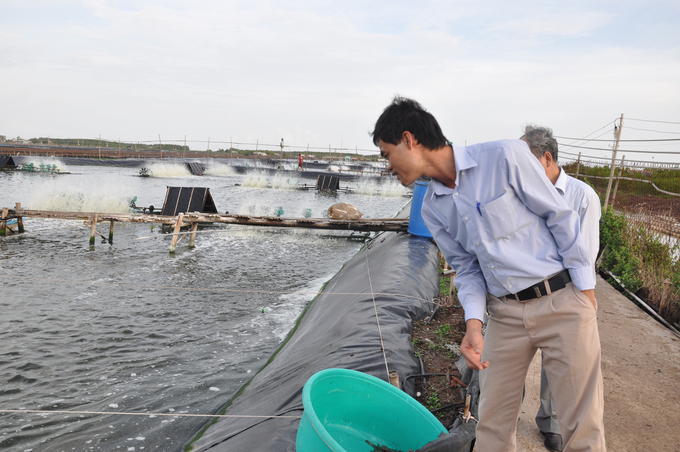
Visiting Tan Nam shrimp farm of Sao Ta Food Joint Stock Company. Photo: Huu Duc.
Consequently, Vietnamese shrimp products' competitiveness is somewhat weakened when exported to these countries markets. On the other hand, the inflation situation of some countries causes the price of inputs and production materials to increase, and production costs to increase while the prices of goods sold do not increase. Thus, the two-headed disadvantage should make the efficiency of export processing businesses low and risky. Faced with such a situation, some shrimp exporters seek to keep their advantage by redirecting export markets. Vietnamese shrimp chooses closer export markets to reduce freight costs.
Only a few businesses have shrimp processing factories for export in Soc Trang, Bac Lieu, Ca Mau... To proactively source raw materials, Sao Ta Food Processing Joint Stock Company has foreseen and invested in shrimp farming areas by applying high technology. Positive effects are visible. When businesses focus on consuming deep-processed shrimp at good prices, they exchange with shrimp farmers through the price of large commercial shrimp outside.
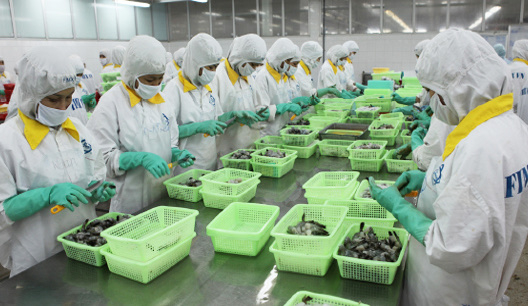
Processing shrimp for export of SAOTA Food Joint Stock Company. Photo: Huu Duc.
Over the past 10 years, Sao Ta Food Joint Stock Company has invested in hundreds of ha of clean shrimp farming areas that meet ASC and BAP international standards. Sao Ta identified shrimp farming as the main business segment to reduce costs and increase the efficiency of production and business activities. The business continues to invest in expanding the shrimp farming area to more than 200 ha. It is expected that in 2023, 100 ha will be put into operation.
Mr. Luc said: As part of the 2021-2025 strategy, Sao Ta expands farming areas with convincing high-end distribution systems. They also control the whole process of product formation. Products are easily consumed in these systems and have better prices. This is also the main point of THE PAN GROUP. Specifically, at that time Sao Ta will achieve an export turnover of $300 million and a profit of VND500 billion.
Currently, the global shrimp production is over 5 million tons/year, the average growth rate is 5%/year. The growth rate of Vietnam's shrimp and shrimp industry is about 8% per year, higher than the world average. Vietnam continues to maximize its strengths of meticulously processed shrimp and deeply processed shrimp. Currently, Vietnam is maintaining the leading position in Japan, Korea, the UK, and Australia. Besides, the shrimp industry is increasing its market share in the EU (currently ranked second in export after Ecuador).
The Directorate of Fisheries has set a target that in 2022, the shrimp farming area will reach 750,000 hectares (black tiger shrimp of 625,000 hectares, white shrimp of 125,000 hectares); shrimp production of all kinds is about 980,000 tonnes, of which black tiger shrimp of 275,000 tonnes, white leg shrimp of 675,000 tonnes, the rest are other shrimps; export turnover is estimated at US$ 4 billion (expected to increase by 2.56% compared to 2021).
To achieve the above goals, the Directorate of Fisheries also sets out essential tasks and solutions, such as strengthening the application of new science and technology to improve productivity, product quality, and production efficiency and meet the needs of domestic and international markets.
Translated by Hoang Duy
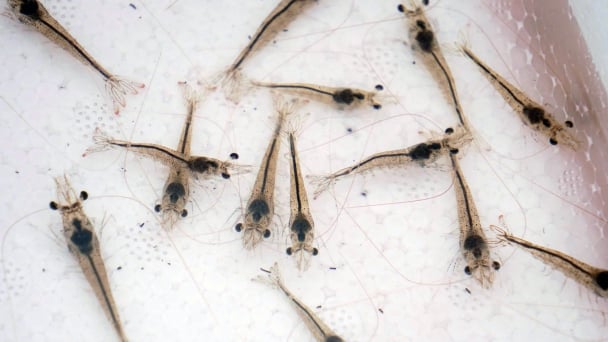
(VAN) Use of high-quality broodstock and biotechnology is regarded as the most effective approach to ensuring sustainable and economically viable shrimp aquaculture ahead of climate change and the emergence of increasingly intricate disease patterns.
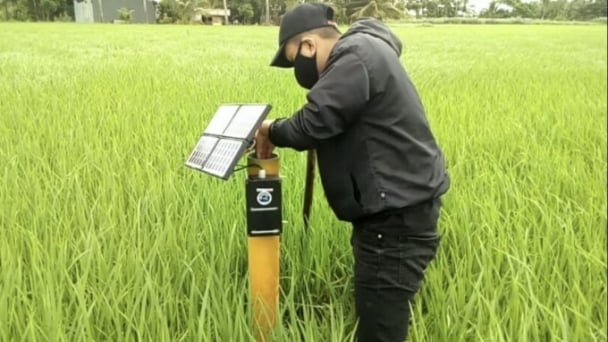
(VAN) Carbon farming is a form of agricultural practices that helps absorb more greenhouse gases than it emits, through smart management of soil, crops, and livestock.
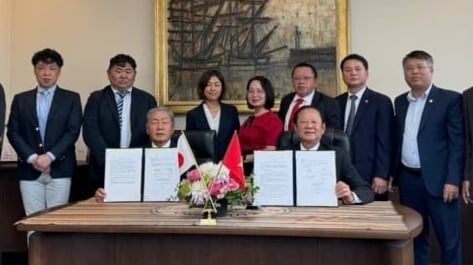
(VAN) This is a key content of the Memorandum of Understanding recently signed between the Vietnam Fisheries Society and Kunihiro Inc of Japan.
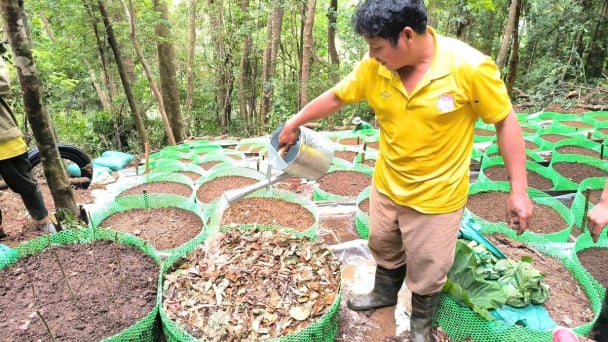
(VAN) To achieve the goal, local authorities and businesses in Kon Tum province have fully prepared the necessary conditions for the new Ngoc Linh ginseng planting season.
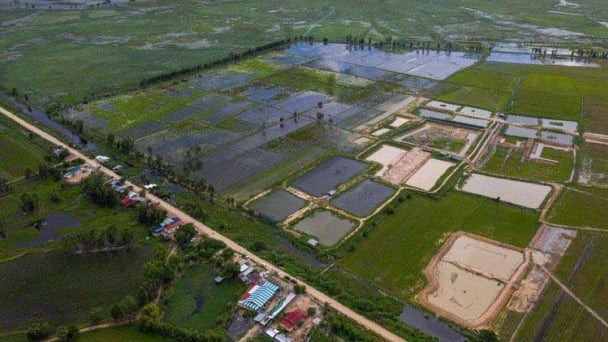
(VAN) Jiangsu province is gearing up to host training programs in Phnom Penh, the capital of Cambodia, this year to establish the Fish and Rice Corridor.
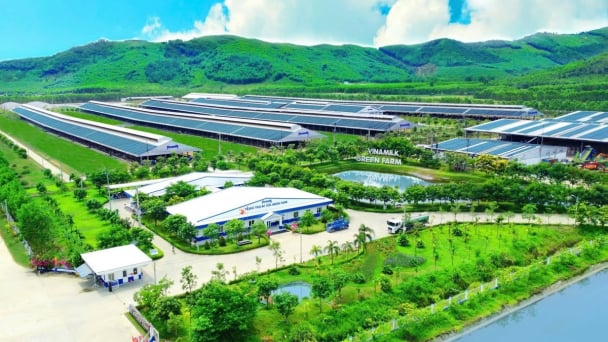
(VAN) Le Hoang Minh, representing Vinamilk, shared the company's experience in energy saving and green energy transition for production at a workshop held during the P4G Summit.
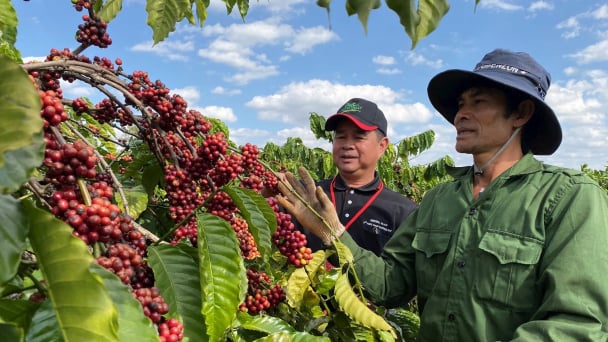
(VAN) Businesses emphasize fairness and equality when integrating social factors into their sustainable development strategies.